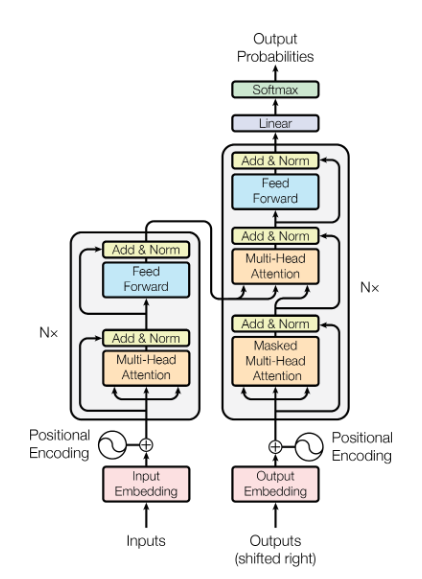I am trying to implement Attention Is All You Need paper from scratch in PyTorch. So far, I implemented the Scaled Dot-Product Attention layer and the Multi-Head Attention layer. As I began to write the code for the Encoder, I am facing a question I have not yet found an answer to: How do I go from embeddings to queries, keys and values in the Transformer?
As you can see from Figure 1 in the paper below, embeddings enter the Encoder and then somehow they turn into queries, keys and values which enter the Multi-Head Attention layer. I do not know how to get the queries, keys and values from the embeddings. The way I implemented it, my Multi-Head Attention layer expects queries, keys and values in its forward method (the method for the forward pass in PyTorch). Maybe it should expect something else? I am a bit confused and I'm hoping someone can clarify what happens here. I looked at various resources online (various Cross Validated answers and Medium articles (such as Illustrated Attention)), but couldn't find a clear answer to this question.

